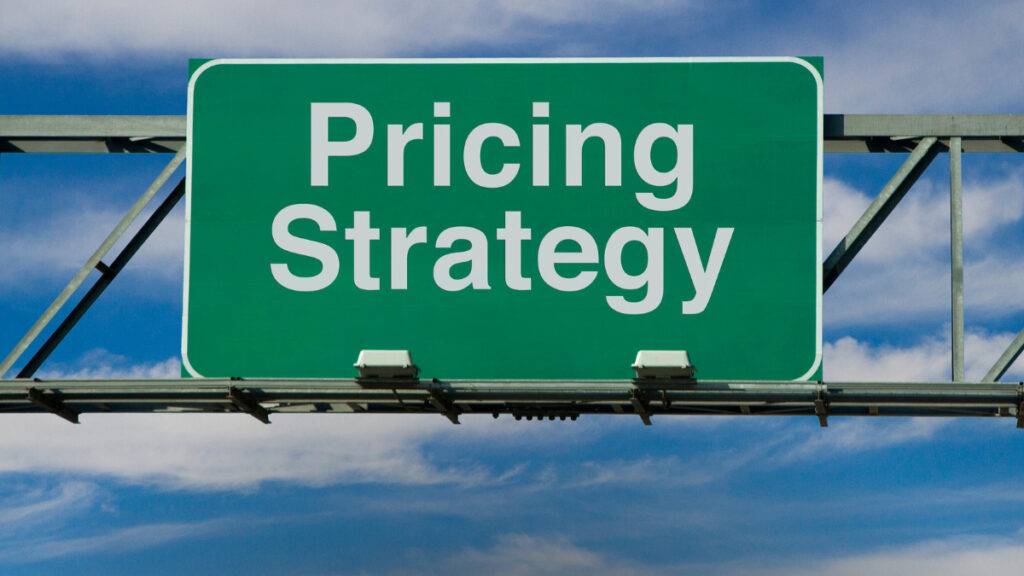A sales pipeline shows the main parts of the sales process. Generally speaking, this means the steps that a salesperson takes while selling: initiating contact with a prospect, qualifying the prospect, determining the opportunity, and closing the deal.
Every sales professional should understand the importance of the sales pipeline and how it works.
Companies that fail to do so will struggle to reach their sales goals because they won’t know how to forecast future sales. Fortunately, some CRM (customer relationship management) tools help map out the sales pipeline so managers and employees can track the performance of each rep and the sales team as a whole.
For sales managers, this makes it easier to see which stage sales are at and the timeline to closing those deals. If certain reps are at risk of not meeting their quotas or need to close deals faster, managers can intervene.
What is the difference between a sales pipeline and sales forecast?
While the pipeline shows each step of a sale, the forecast is the projection of those sales. A sales forecast is how a company determines how many sales (and thus revenue) they will make, broken down by quarter or year.
To make a forecast, companies use data such as the value of the product or service, buyers’ budget, the market, and the number of leads with strong indications of converting into sales. This last factor is crucial, as salespeople must work effectively and focus on leads that will convert.
A qualified forecast can be done manually through spreadsheets and reports or even by tools such as a BI (business intelligence) system or a CRM.
However, a forecast is only as good as its data. This means the sales pipeline must be accurate and up-to-date. Here are some tips on maintaining a good sales pipeline.
Identify the steps in the sales pipeline
The sales funnel represents the path a prospect goes through to becoming a customer. For this reason, it is also known as the customer’s journey.
At the top of the funnel, the person has some problem they want to solve.
Let’s say a sales manager is struggling to generate sales for her company. This stage is called discovery and is at the top of the funnel.
In the middle of the funnel, the manager would begin to analyze solutions to help her sell more.
After considering possible solutions, the business manager would reach the bottom of the funnel, at which point she would evaluate which company will provide the best solution based on factors such as cost and quality.
Finally, she would pick a company and purchase their product, thus concluding the customer’s journey.
Qualify your leads before turning them into opportunities
If potential customers contact your company to inquire about making a purchase, you need to qualify them before you pass them on to the sales team. This allows salespeople to focus on qualified leads, thus increasing their chances of making quota and reaching your company’s sales goals.
Typically, qualifying leads is the job of SDRs (Sales Development Representatives). SDRs will talk to leads to discover what motivated them to contact your company, what problems they’re having, and how your company can potentially solve those problems. Then, if the lead is qualified, the SDR will hand the lead off to an account executive, who will close the deal.
Spend an hour each day on the sales pipeline
Every sales manager should observe their sales team’s pipeline daily. Living and breathing by the sales pipeline will help you understand the current status of your team’s sales and what needs to happen next so everyone reaches their individual quota and the company’s sales goal.
Depending on the size of the team, studying the sales pipeline may require more or less time, but one hour is enough in the beginning. The important thing is getting started.
By following these tips, you can increase the effectiveness of your company’s sales pipeline and the accuracy of your sales forecast.






